Cancer is one of the most formidable challenges in worldwide medicine, contributing to millions of deaths annually. Cancer Research UK predicts that 28 million new cases of cancer will be diagnosed globally every year by 2040, illustrating the need for rapid and accurate diagnostics. Early and accurate diagnosis is often the best way to effective treatment, but legacy radiology approaches are increasingly challenged by soaring workload, complex data, and the worldwide shortage of radiologists.
Artificial Intelligence (AI) is emerging as a powerful catalyst in medical imaging. It enhances interpretation accuracy and enables earlier disease detection by identifying tiny breast cancers, uncovering suspicious lung nodules, and ultimately helping save lives. In this article, we take a closer look at how AI is raising the bar for cancer detection, assistance for clinicians, and care that is earlier, better, and more accessible. Let’s get started:
Importance Of AI In Cancer Diagnosis
Artificial intelligence (AI) is revolutionizing oncology, scrutinizing enormous data sets of images, genomes, and clinical records to uncover patterns that can’t be seen by human eyes. In imaging, AI models (frequently deep convolutional networks) are analyzing images from CT, MRI, X-ray, PET, and mammography and identifying tumors or nodules with expert-level accuracy.
For instance, research has shown that AI development can match or surpass radiologists at mammogram screening, even serving as an automated “second reader” to help lower the rate of missed cancers. For lung cancer screening, artificial intelligence (AI)-based low-dose CT (LDCT) models have increased sensitivity for nodule detection and improved measurement of nodule size, but reduced radiation dose. As it is, computer-aided detection (CAD) tools currently decrease the number of false negatives and observer errors by marking suspicious areas and by quantifying the size of lesions; they guide radiologists to locate small lung nodules or early liver lesions that are easily missed.
Let’s look at the role of AI in cancer diagnosis closely. For your better understanding, we have divided this section into two parts, namely, predictive modelling and AI in clinical trials:
A. Predictive Modelling
Artificial Intelligence is also an integral part of risk assessment and prognostic modeling in cancer management. Machine learning algorithms can estimate an individual’s risk of cancer, and even how a cancer may progress in patients who have already been diagnosed, by learning from large patient record sets.
1. Cancer Risk Prediction
Now, AI is augmenting traditional risk assessment tools, which previously relied on family history, age, sex, or lifestyle. For example, deep learning models combining mammographic imaging features and clinical data have outperformed traditional breast cancer risk scores by a large margin. AI is also helping to analyze genetic, lifestyle, and regular screening data to pinpoint those at high risk of getting cancers that are commonly symptom-free before their later, more deadly stages (like pancreatic or colon cancer).
2. Disease Prognosis and Survival Prediction
AI tools have been increasingly applied to predict cancer recurrence and the overall survival of patients in various kinds of cancers , such as lung, breast, and prostate. The performance of these models is competitive with more classical statistical methods. For instance, deep neural networks that integrate histopathology images and genomic profiles have been shown to achieve higher accuracies than the standard clinical staging for the prediction of survival in glioma patients. Yet another AI model successfully stratified lung cancer patients into risk categories solely based on electronic health record data, with better survival prediction performance as compared with traditional approaches.
3. Individualized Prognosis and Treatment Planning
Personalized prognosis is one of the most promising applications of AI in this field. “High-risk groups could be picked up earlier and those patients encouraged to more closely monitor their condition or have more aggressive therapy, whereas low-risk patients might be able to avoid unnecessary treatments.” As AI increasingly weaves its way into clinical workflows, these predictive scores could one day be recalculated in real time, much like lab results, ensuring that patients receive the right care according to the latest data.
B. AI In Clinical Trials
AI is transforming the way oncology clinical trials are designed, run, and monitored. By tracking down patients more rapidly, better selecting groups, and even creating virtual control groups, AI is driving one of the most time-consuming tasks in cancer research.
1. Identification and recruitment of patients
Natural Language Processing and machine learning techniques can be used to explore structured data in EHRs and molecular profile data, as well as for mining complex trial eligibility data to programmatically find potentially eligible patients for open trials. A well-known one is IBM’s Watson for Clinical Trial Matching, which led the Mayo Clinic to increase breast cancer trial enrollment by 80% in 11 months. Watson parsed patient charts and treatment guidelines, then offered ranked suggestions that were often in line with doctors’ recommendations , replacing an efficiency-crushing process of manual matching of patients with clinical trials that may have other benefits, such as access to the latest in treatment.
2. Prediction of Outcome for Smarter Trial Design
Artificial intelligence can help predict which patients are most likely to respond to a given treatment or have better survival rates, to inform adaptive trial design. In a study from Weill Cornell and Regeneron, an AI model was employed to identify lung cancer patients who shared pre-treatment clinical features and predicted outcomes. This model was superior to all previously used approaches in treatment outcome prediction and would be generally applicable for cohort definition in clinical trials.
3. Synthetic Control Arms
AI systems also allow the development of external control arms through the use of existing real-world data, including cancer registries and genomic databases. This may obviate or lessen the requirement for placebo responses, especially in ethically challenging trials. Companies such as ConcertAI and CancerLinQ (part of ASCO) are building out real-world evidence platforms to support this use case, enabling researchers to simulate control populations and speed up the pace at which they receive regulatory greenlights.
Quick Read: AI Use Cases In Healthcare
How AI Is Applied In Cancer Detection?
Artificial intelligence is changing the way we detect cancer, providing an alternative that is more accurate, faster, and less invasive. From processing medical images to sifting through blood test results, and even triggering early warnings through self-diagnosis apps, AI is redefining early cancer detection in ways that could not have been imagined a decade ago. Here’s a more in-depth look at the most promising applications:
1. AI-Powered Cancer Detection in Medical Imaging
Radiology has become one of the most impactful fields for AI deployment in oncology. As of 2023, the FDA has cleared over 120 AI and machine learning tools specifically designed for radiology. One standout example is Prov-GigaPath, an AI model jointly developed by the University of Washington, Providence Health System, and Microsoft. Trained on over one billion pathology image tiles from 30,000 patients, this model has set a new benchmark in detecting and classifying tumors from medical and tissue images. Best of all, it’s open-source, allowing global researchers and clinicians to access and leverage its capabilities for broader cancer screening advancements.
2. AI for blood-based cancer detection
Artificial intelligence is also doing amazing things in the space of liquid biopsies. In some cases, AI-driven blood tests are able to detect cancer at much earlier and far more reliably than conventional imaging through the examination of circulating tumor DNA (ctDNA) and microRNA (miRNA) in plasma. A milestone study from the Johns Hopkins Kimmel Cancer Center used AI algorithms along with clinical information, CT scans, and protein biomarkers to provide doctors with early-stage and late-stage lung cancer diagnoses 91% and 96% of the time, respectively. Not only would such an approach decrease the demand for invasive diagnostics, but it also would increase the likelihood of survival by identifying the disease when it’s most likely to be treatable.
3. AI-Assisted Self-Diagnosis Apps for Early Detection
One of the easiest-to-understand examples of AI helping the public is in mobile health apps that let people monitor their health themselves. Just look at SkinVision, for example — a mobile app that employs AI to scan photos of your skin for abnormalities. Within 30 seconds, the app assesses the color, texture, and shape of moles or lesions and gives an immediate risk assessment. While it’s no substitute for medical advice, that 95% level of accuracy is a powerful early-alert system to promote those all-important clinical follow-ups, and perhaps life-saving action.
4. Genetic and Molecular Profiling
AI in cancer is revolutionizing molecular diagnostics—a core element of precision medicine—by processing massive volumes of genomic data with unmatched speed and accuracy. Technologies like DNA sequencing generate complex datasets that are hard to interpret manually, but AI models can swiftly identify key mutations, chromosomal abnormalities, and genetic markers tied to specific cancers. A notable use case is AI predicting patient response to therapies like tyrosine kinase inhibitors or immune checkpoint inhibitors based on tumor genetics. These models can also flag early signs of drug resistance, helping doctors pivot treatment strategies in real time.
Additionally, AI is being used to uncover novel biomarkers by analyzing molecular data from large patient populations. For example, it has successfully identified cancer-specific gene expression patterns through RNA sequencing, leading to a better understanding of tumor behavior. Integrating this genomic information with clinical data, such as lifestyle, diet, and comorbidities, AI systems can provide personalized risk assessments for recurrence or metastasis. As genomic profiling becomes more embedded in clinical workflows, AI will remain essential in delivering faster diagnoses and highly tailored cancer treatments.
5. Pathology and Biopsy Analysis
Artificial intelligence is changing how pathology and biopsies are being interpreted by accelerating cancer diagnosis, making it more accurate and less dependent on subjective interpretation. Cancer detection from tissue biopsies has traditionally been a labor-intensive process that relies extensively on the experience of the pathologist. And with AI, digital pathology tools are now able to inspect slides at a microscopic level, identifying irregularities in cell patterns, nuclei shapes, and other features that may point the way to early or pre-cancerous changes, often too subtle for the human eye. Such models demonstrate surprising accuracy in capturing other meaningful metrics, such as tumor cell density, infiltrating immune cells, and mitotic activity that provide more insight into the aggressiveness of a tumor and can inform diagnostic precision.
AI is not only useful for diagnosis but is increasingly being used to track how cancer changes over time. From comparing biopsy samples, taken before and after treatment, AI systems can sniff molecular changes, signal that treatments are working, or throw up an early warning that drug resistance is simmering, so doctors can adjust therapies more effectively. Such advances are particularly meaningful in areas with insufficient numbers of trained pathologists, where AI can provide readily available and accurate diagnostic assistance. Now, with the power to conduct remote consultations using digitized slides, AI is not only improving the quality of diagnosis but also helping to provide global access to cancer care.
Benefits Of AI In Cancer Diagnosis & Detection
Artificial Intelligence is transforming how we detect and diagnose cancer. From analyzing complex medical images to identifying genetic mutations and accelerating clinical trials, AI is proving to be a powerful ally in modern oncology. Below are some of the most impactful ways AI is improving cancer care:
1. Rapid and Accurate Image Analysis
When it comes to analyzing difficult medical images, like pathology slides, mammograms, CT scans, and MRIs, AI is capable of doing so faster and more accurately than humans. AI can spot patterns hidden to the naked eye, allowing it to catch cancers earlier and more reliably than the human eye.
Example: Prov-GigaPath, a collaboration between the University of Washington and Providence Health, is an innovative pathology model, trained on more than 1 billion image tiles from 30,000 patients. It can identify the mutations and types of cancer in tissue samples with impressive accuracy, which can help in making faster and more precise diagnoses.
2. Better Radiology Reading
AI algorithms — particularly those utilizing deep learning — can read radiology images (such as X-rays, CTs, and MRIs) to identify suspicious lesions or abnormalities that could be a sign of cancer. These instruments serve as a “second reader”, reducing the potential for human error and adding a level of confidence in diagnosis.
AI models are at least as good as radiologists at identifying breast cancer from mammograms, and in certain cases, can reduce missed diagnoses by more than 10%, according to a study published in Molecular Cancer.
3. Supports Targeted Cancer Therapy
Artificial Intelligence in Precision Oncology is Transformative. By mining a mixture of clinical records, genomic, and treatment histories, AI tools can suggest therapies that are most likely to work in specific patients. Such systems also calculate a patient’s risk of relapsing or being resistant to particular treatments, allowing doctors to make more informed decisions and avoid trial-and-error approaches.
That translates into fewer side effects, better care, and more survivors.
4. Accelerates Clinical Trial Matching
Cancer patient screening and related clinical trial matching can be a time-intensive task. AI addresses this from a perspective of being able to take NLP (Natural Language Processing) and machine learning across thousands of patient profiles and trial criteria in real-time.
Challenges Of AI In Cancer
Despite these breakthroughs, obstacles remain for the clinical use of AI in oncology. Most AI algorithms, however, are “black boxes” — complex neural networks whose logic remains opaque to most doctors. This lack of transparency can cause doctors to be skeptical of, and reluctant to act on, AI results. There are also fairness and equity issues: If A.I. systems are trained using nonrepresentative data, they may misdiagnose — or overlook entirely — tumors in underrepresented populations. For instance, a model that has learned mostly from Caucasian patients may fail to accurately diagnose skin cancer on darker skin. Without robust and tested data, AI could end up unwittingly increasing health disparities.
1. Integration and workflow
Busy Clinics do not always have the infrastructure to quickly assimilate such new AI tools. Implementing and integrating AI software into existing radiology or pathology is complex. Such systems require training and IT support for healthcare teams.
2. Regulatory and Legal Issues
Well-defined rules for AI in healthcare are still developing. It’s frequently not clear who is responsible if an AI-based diagnosis is erroneous. Shifting FDA regulations and privacy laws (specifically those involving genetic data) further complicate AI adoption.
3. Privacy of Data and Data Sharing
The oncological data are extremely sensitive (genomic and health data). The sharing of this data for AI training without anonymization carries grave privacy concerns. But anonymized data may also be difficult to share among hospitals.
4. Resource and Cost
It costs a bomb to train and execute AI models, as a lot of processing power and skilled resources are needed. This could tax hospital IT teams and favor well-funded centers, threatening a “digital divide” between wealthy and poor institutions. Environmental impact (waste of energy and hardware) is also a concern.
Future Trends Of AI In Cancer
Oncology AI is still advancing at a fast pace, thanks to developments in data science, homomorphic encryption, and cross-institutional partnerships. Efforts such as the Cancer AI Alliance — in which Johns Hopkins, Dana-Farber, and MSKCC participate — are making possible federated learning, in which AI models are trained using data from across many different hospitals, without exposing patients to privacy risks. This is anticipated to greatly improve diagnostic precision across populations.
In the meantime, multimodal AI platforms are picking up speed, merging radiology with pathology, genomics, and EHR data to identify patterns beyond the reach of single-modality models, in addition to AI-driven digital twins (a virtual organ simulator to help personalize treatment decisions) and integrations with quantum computing and edge devices for real-time monitoring.
In categories like liquid biopsy and immunotherapy, AI integration services are helping to make early cancer detection possible by reading DNA fragments and protein signatures. Generative AI is also starting to aid in research workflows by scanning the medical literature and generating hypotheses, albeit with oversight.


 Healthcare App Development Services
Healthcare App Development Services
 Real Estate Web Development Services
Real Estate Web Development Services
 E-Commerce App Development Services
E-Commerce App Development Services E-Commerce Web Development Services
E-Commerce Web Development Services Blockchain E-commerce Development Company
Blockchain E-commerce Development Company
 Fintech App Development Services
Fintech App Development Services Fintech Web Development
Fintech Web Development Blockchain Fintech Development Company
Blockchain Fintech Development Company
 E-Learning App Development Services
E-Learning App Development Services
 Restaurant App Development Company
Restaurant App Development Company
 Mobile Game Development Company
Mobile Game Development Company
 Travel App Development Company
Travel App Development Company
 Automotive Web Design
Automotive Web Design
 AI Traffic Management System
AI Traffic Management System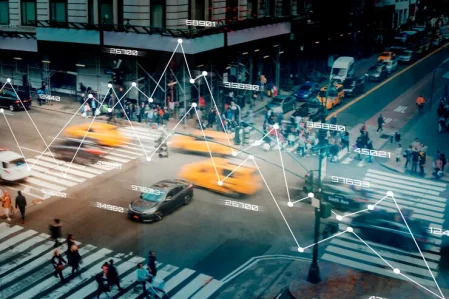
 AI Inventory Management Software
AI Inventory Management Software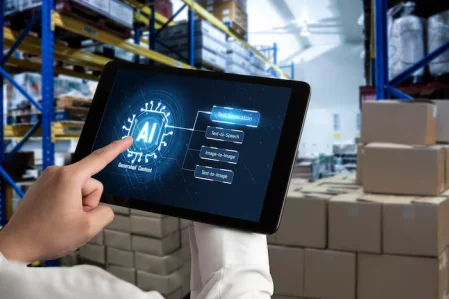
 AI Software Development
AI Software Development  AI Development Company
AI Development Company  AI App Development Services
AI App Development Services  ChatGPT integration services
ChatGPT integration services  AI Integration Services
AI Integration Services  Generative AI Development Services
Generative AI Development Services  Natural Language Processing Company
Natural Language Processing Company Machine Learning Development
Machine Learning Development  Machine learning consulting services
Machine learning consulting services  Blockchain Development
Blockchain Development  Blockchain Software Development
Blockchain Software Development  Smart Contract Development Company
Smart Contract Development Company  NFT Marketplace Development Services
NFT Marketplace Development Services  Asset Tokenization Company
Asset Tokenization Company DeFi Wallet Development Company
DeFi Wallet Development Company Mobile App Development
Mobile App Development  IOS App Development
IOS App Development  Android App Development
Android App Development  Cross-Platform App Development
Cross-Platform App Development  Augmented Reality (AR) App Development
Augmented Reality (AR) App Development  Virtual Reality (VR) App Development
Virtual Reality (VR) App Development  Web App Development
Web App Development  SaaS App Development
SaaS App Development Flutter
Flutter  React Native
React Native  Swift (IOS)
Swift (IOS)  Kotlin (Android)
Kotlin (Android)  Mean Stack Development
Mean Stack Development  AngularJS Development
AngularJS Development  MongoDB Development
MongoDB Development  Nodejs Development
Nodejs Development  Database Development
Database Development Ruby on Rails Development
Ruby on Rails Development Expressjs Development
Expressjs Development  Full Stack Development
Full Stack Development  Web Development Services
Web Development Services  Laravel Development
Laravel Development  LAMP Development
LAMP Development  Custom PHP Development
Custom PHP Development  .Net Development
.Net Development  User Experience Design Services
User Experience Design Services  User Interface Design Services
User Interface Design Services  Automated Testing
Automated Testing  Manual Testing
Manual Testing  Digital Marketing Services
Digital Marketing Services 
 Ride-Sharing And Taxi Services
Ride-Sharing And Taxi Services Food Delivery Services
Food Delivery Services Grocery Delivery Services
Grocery Delivery Services Transportation And Logistics
Transportation And Logistics Car Wash App
Car Wash App Home Services App
Home Services App ERP Development Services
ERP Development Services CMS Development Services
CMS Development Services LMS Development
LMS Development CRM Development
CRM Development DevOps Development Services
DevOps Development Services AI Business Solutions
AI Business Solutions AI Cloud Solutions
AI Cloud Solutions AI Chatbot Development
AI Chatbot Development API Development
API Development Blockchain Product Development
Blockchain Product Development Cryptocurrency Wallet Development
Cryptocurrency Wallet Development About Talentelgia
About Talentelgia  Our Team
Our Team  Our Culture
Our Culture 
 Healthcare App Development Services
Healthcare App Development Services Real Estate Web Development Services
Real Estate Web Development Services E-Commerce App Development Services
E-Commerce App Development Services E-Commerce Web Development Services
E-Commerce Web Development Services Blockchain E-commerce
Development Company
Blockchain E-commerce
Development Company Fintech App Development Services
Fintech App Development Services Finance Web Development
Finance Web Development Blockchain Fintech
Development Company
Blockchain Fintech
Development Company E-Learning App Development Services
E-Learning App Development Services Restaurant App Development Company
Restaurant App Development Company Mobile Game Development Company
Mobile Game Development Company Travel App Development Company
Travel App Development Company Automotive Web Design
Automotive Web Design AI Traffic Management System
AI Traffic Management System AI Inventory Management Software
AI Inventory Management Software AI Software Development
AI Software Development AI Development Company
AI Development Company ChatGPT integration services
ChatGPT integration services AI Integration Services
AI Integration Services Machine Learning Development
Machine Learning Development Machine learning consulting services
Machine learning consulting services Blockchain Development
Blockchain Development Blockchain Software Development
Blockchain Software Development Smart contract development company
Smart contract development company NFT marketplace development services
NFT marketplace development services IOS App Development
IOS App Development Android App Development
Android App Development Cross-Platform App Development
Cross-Platform App Development Augmented Reality (AR) App
Development
Augmented Reality (AR) App
Development Virtual Reality (VR) App Development
Virtual Reality (VR) App Development Web App Development
Web App Development Flutter
Flutter React
Native
React
Native Swift
(IOS)
Swift
(IOS) Kotlin (Android)
Kotlin (Android) MEAN Stack Development
MEAN Stack Development AngularJS Development
AngularJS Development MongoDB Development
MongoDB Development Nodejs Development
Nodejs Development Database development services
Database development services Ruby on Rails Development services
Ruby on Rails Development services Expressjs Development
Expressjs Development Full Stack Development
Full Stack Development Web Development Services
Web Development Services Laravel Development
Laravel Development LAMP
Development
LAMP
Development Custom PHP Development
Custom PHP Development User Experience Design Services
User Experience Design Services User Interface Design Services
User Interface Design Services Automated Testing
Automated Testing Manual
Testing
Manual
Testing About Talentelgia
About Talentelgia Our Team
Our Team Our Culture
Our Culture
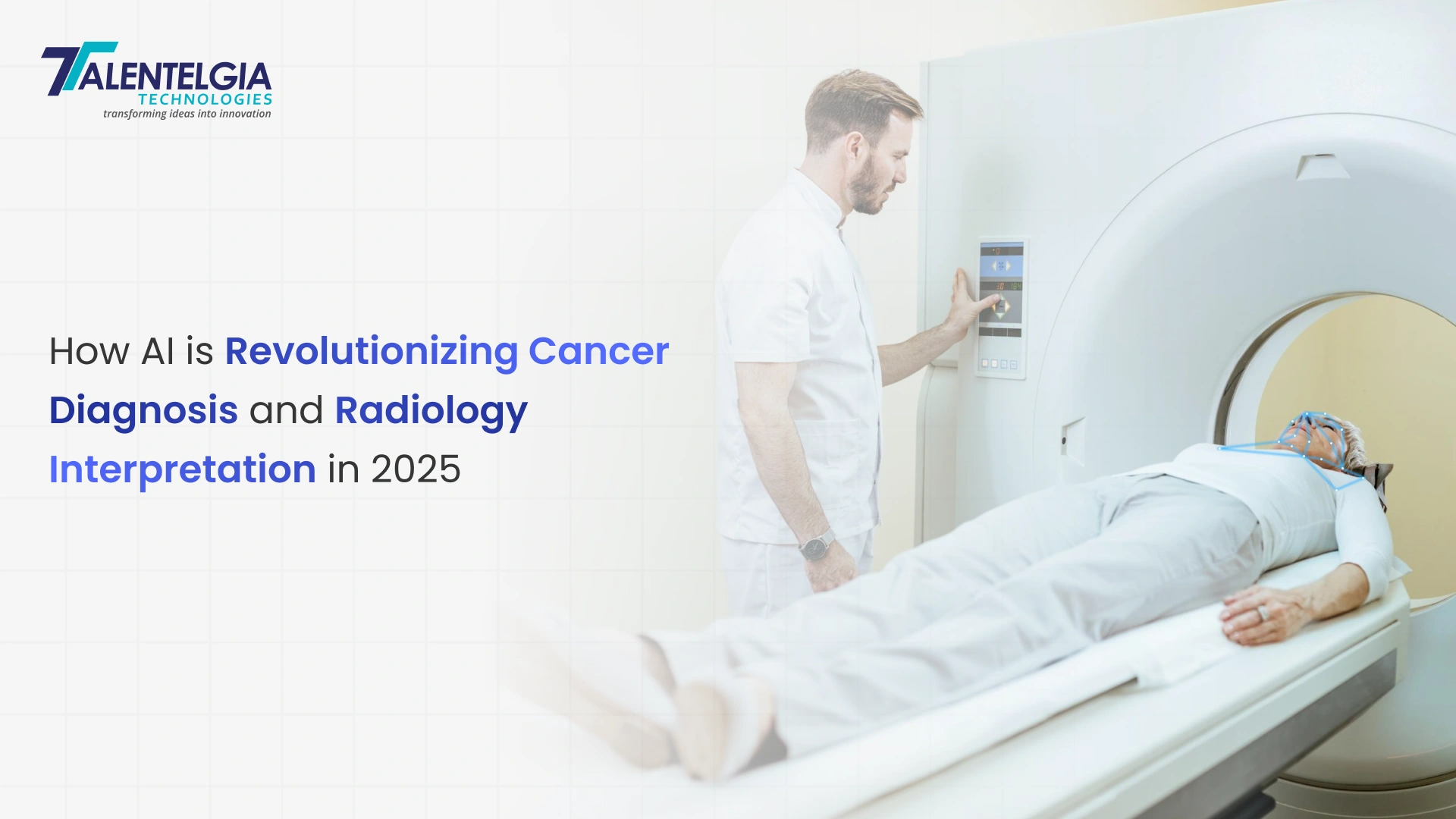
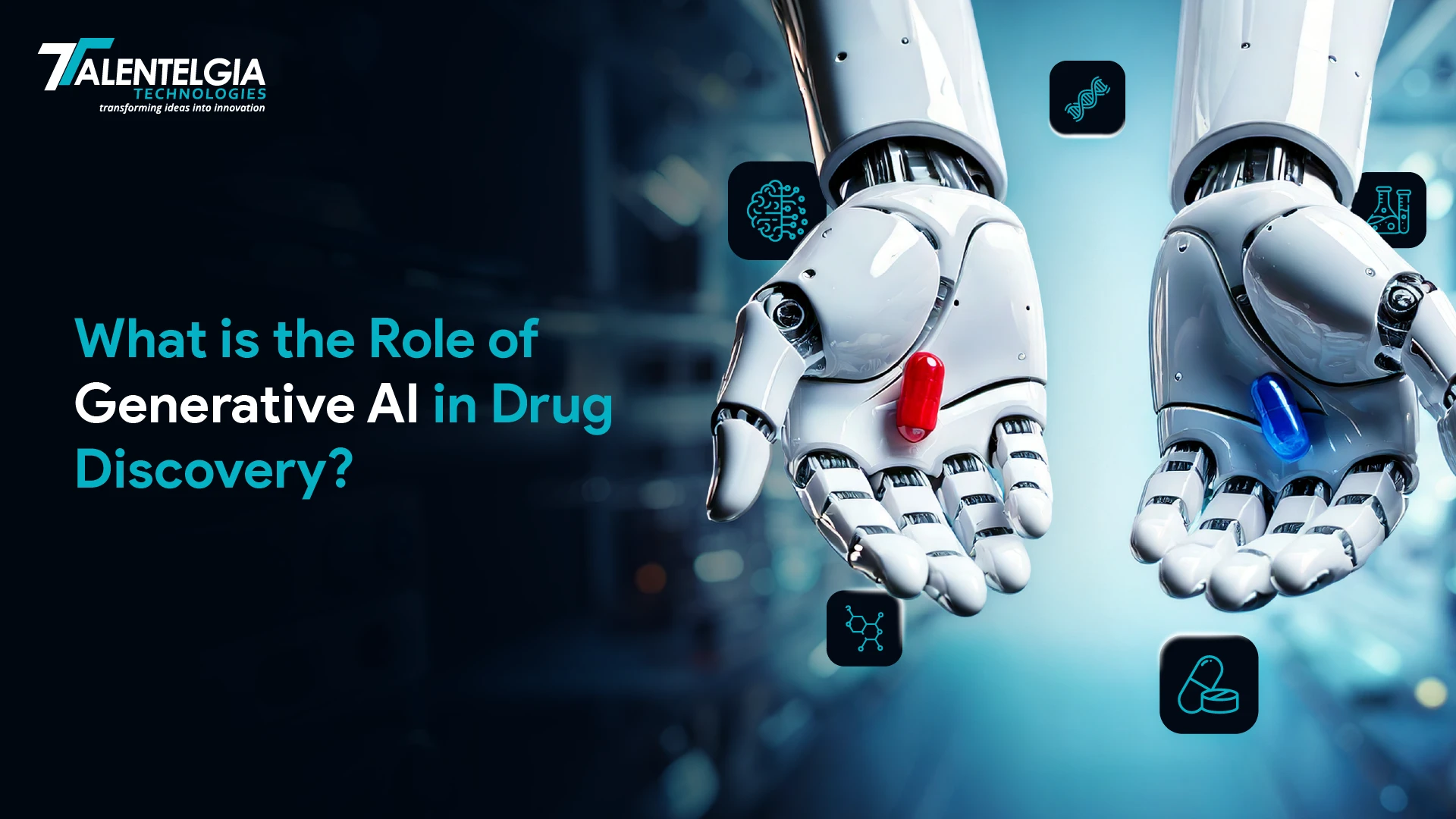

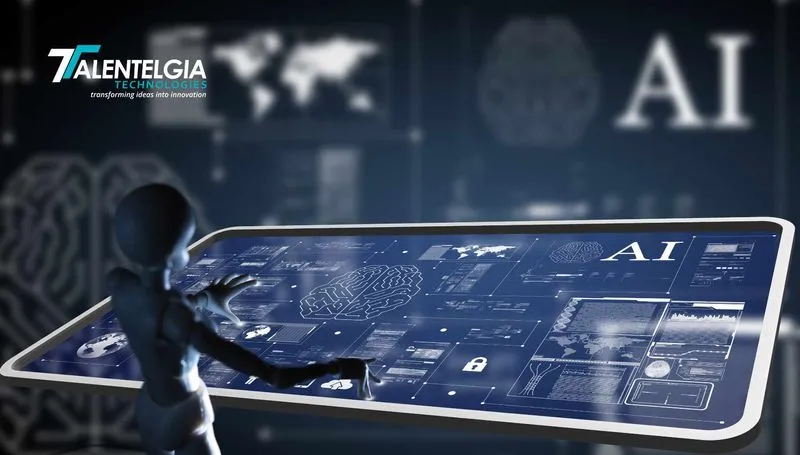
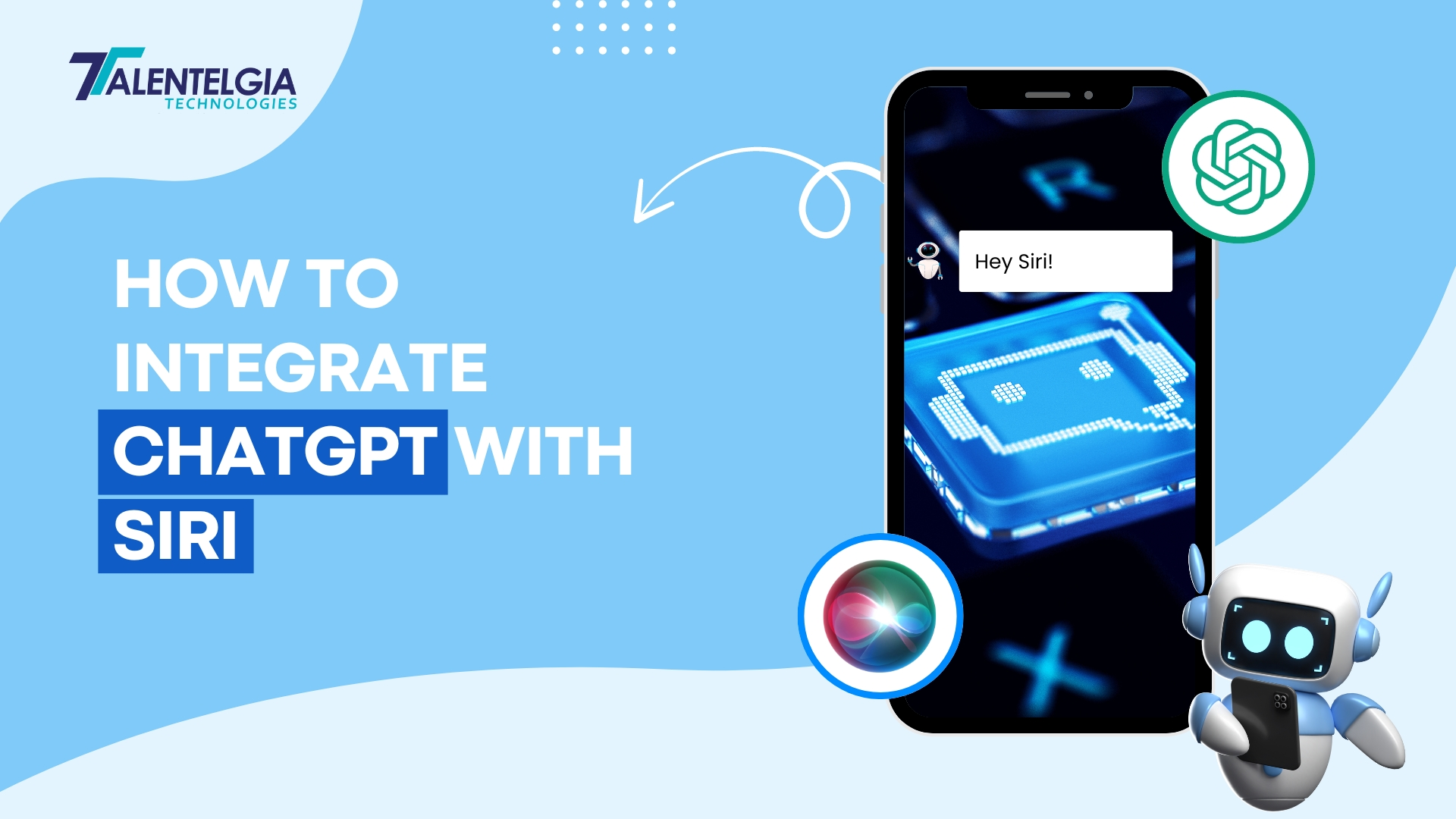










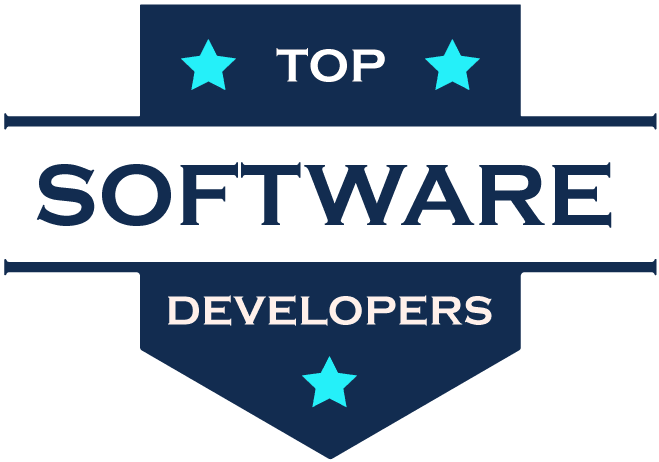
 Write us on:
Write us on:  Business queries:
Business queries:  HR:
HR: 




